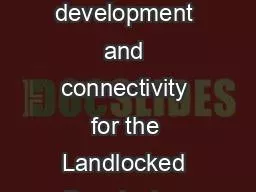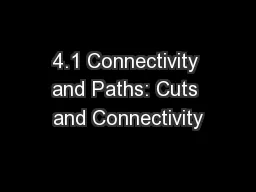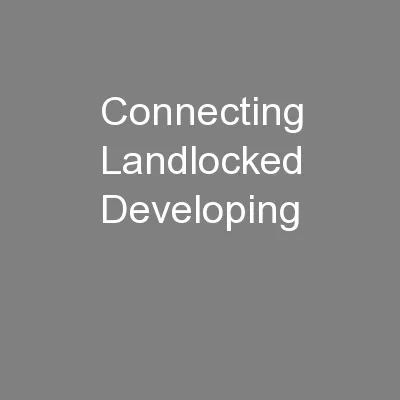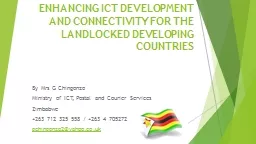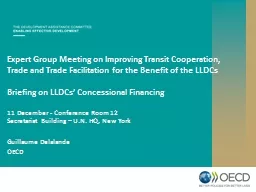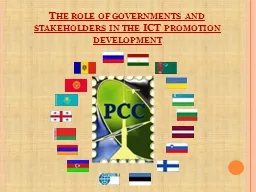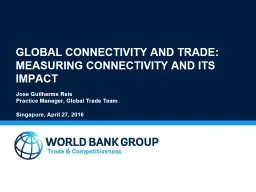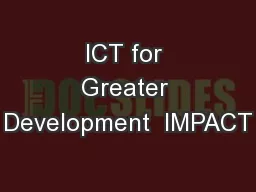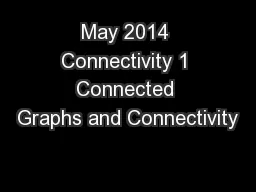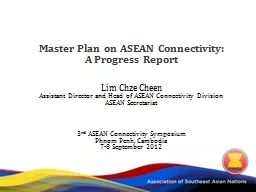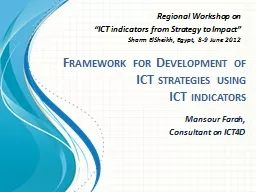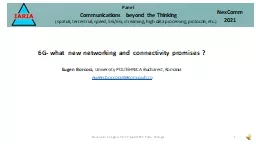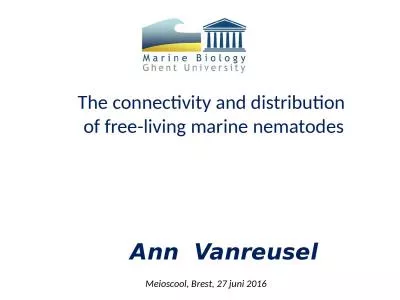PPT-Enhancing ICT development and connectivity for the Landlocked Developing Countries (LLDCs)
Author : neoiate | Published Date : 2020-06-29
Ms Gisa Fuatai Purcell Head LSE Division International Telecommunication Union In partnership with UNORHLLS GSSD2013 28Oct 1 Nov 2013 Nairobi Order of Presentation
Presentation Embed Code
Download Presentation
Download Presentation The PPT/PDF document "Enhancing ICT development and connectivi..." is the property of its rightful owner. Permission is granted to download and print the materials on this website for personal, non-commercial use only, and to display it on your personal computer provided you do not modify the materials and that you retain all copyright notices contained in the materials. By downloading content from our website, you accept the terms of this agreement.
Enhancing ICT development and connectivity for the Landlocked Developing Countries (LLDCs): Transcript
Download Rules Of Document
"Enhancing ICT development and connectivity for the Landlocked Developing Countries (LLDCs)"The content belongs to its owner. You may download and print it for personal use, without modification, and keep all copyright notices. By downloading, you agree to these terms.
Related Documents

